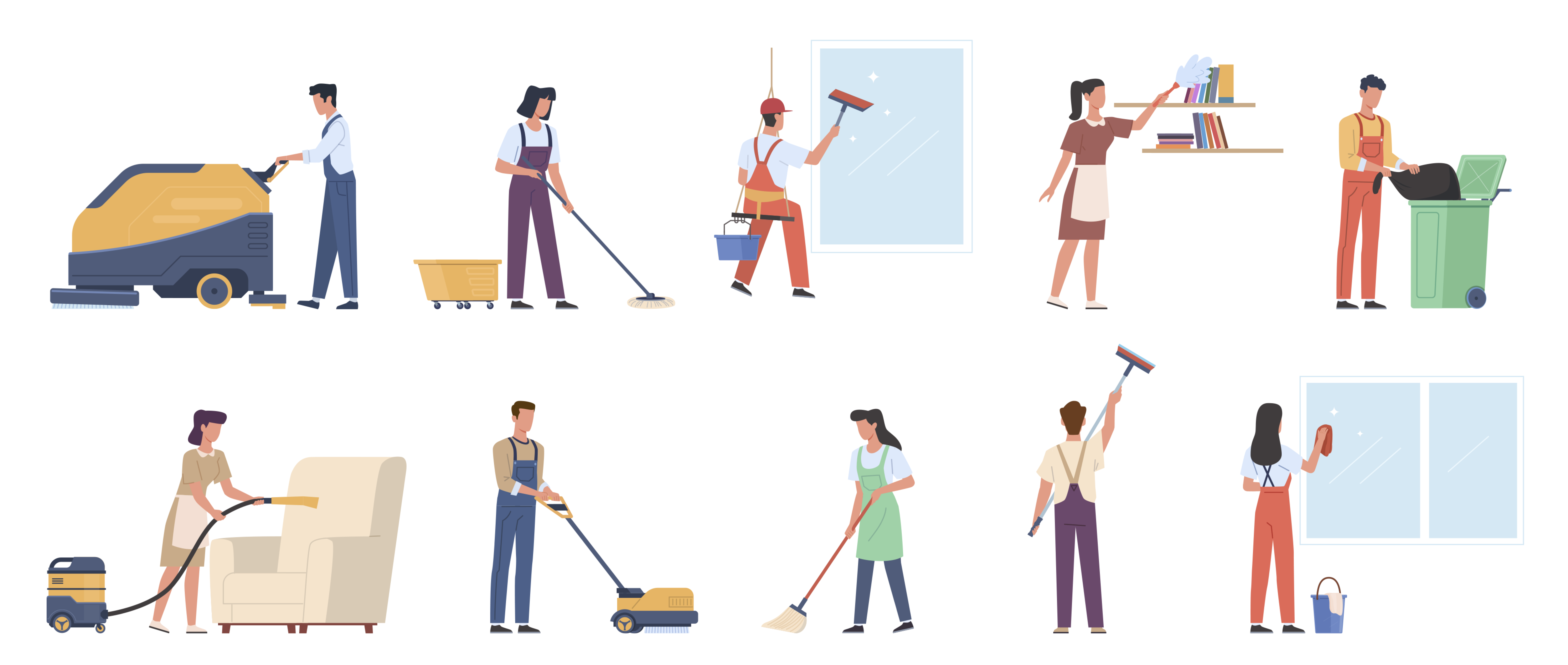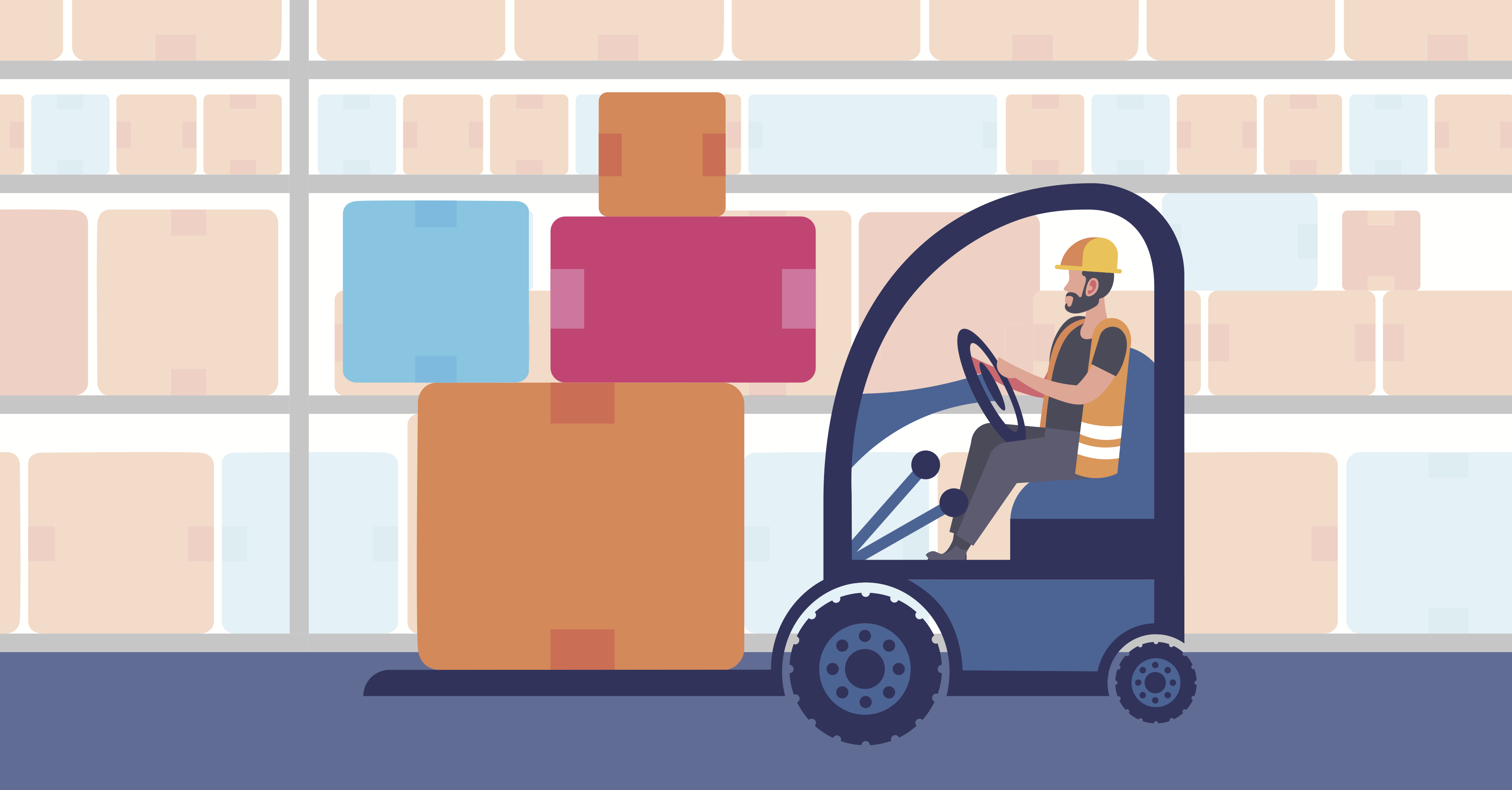Which is Best for Your Facility?
In the commercial cleaning industry, there are three primary means for pricing daily janitorial services. To be clear, daily janitorial services consist of 4 primary tasks – wiping and dusting surfaces, vacuuming, mopping, and sweeping floors, collecting and removing trash, and cleaning restrooms and break areas. Tasks such as hard surface floor restoration (e.g. stripping and waxing VCT), carpet restoration, and cleaning exterior windows are considered extra services and should be priced separately.
The three primary methods of pricing are (1) price per square foot, (2) time and materials, and (3) fixed monthly fee. We will explore each of pricing structures and provide some insight on each.
Daily Janitorial Services
Price Per Square Foot
As the name suggests, pricing in this model is based on a set fee multiplied by the amount of square feet that are cleaned. For example, if a facility is 90,000 square feet, and the commercial cleaning company has provided a price per square foot of $0.10, your monthly cost would be $9,000. This model is used primarily in commercial office buildings, and especially by commercial leasing companies. For example, consider a 100,000 sq. ft commercial office building with multiple tenants. If one of the tenants moves out of the building, that space no longer needs to be cleaned until another tenant occupies the space. The leasing company (or building owner) should not pay for space that is not occupied. Pricing per square foot also works in this type of environment because the square footage of cleanable space is well known.
The greatest drawback to this type of model is that it encourages cleaning companies to “cut corners” on service. Using our example above, the monthly cost to clean is set at $9,000 or $0.10/sq. ft. A typical rate of cleaning (production rate) for commercial space is roughly 4,500 sq. ft./hr. So, it should take about 20 hours to clean this building. A reputable cleaning company will spend close to 20 hours each night and the work will be done well. However, consider a less experienced/less reputable commercial cleaning company that provides a price of $0.08/sq. ft. The only way for this company to actual earn a profit is to pay their team poorly, or to clean less than 20 hours per night, specifically by “cutting corners”.
Again, there are settings where this pricing models works, but usually does not produce the highest quality results.
Time and Materials (T&M)
In this pricing model, a commercial janitorial company will provide an hourly rate for cleaning and then bill the customer at the end of the month for the number of hours worked. For example, let’s assume a commercial cleaning company has quoted a T&M rate of $26.50/hr., and at the end of the month has worked 400 hours. The monthly cost would be $10,600.
The hourly time and materials rate is an all-inclusive price which includes all labor and labor related costs, supplies, equipment, cost of supervision, and mark-up.
The obvious benefit to this model is that you are only paying for the hours worked. The obvious downside to this model is that you are paying for all the hours worked. It is a bit of a double-edged sword. In this scenario, the cleaning company does not have significant motivation to increase their productivity because more hours worked means more revenue to the cleaning company. Another characteristic of this model is that the monthly amount is a bit different each month depending on the number of hours worked. If monthly fluctuations are not a problem, then this model would work okay.
This methodology is not used often and mainly in manufacturing facilities where T & M pricing is a bit more common.
Fixed Monthly Fee
This pricing model is the most used model in the commercial cleaning industry. In this model, the commercial cleaning company will gather all types of information from the customer, and using their experience and various calculations, develop a set monthly fee. The monthly fee typically includes all costs, excluding the cost of consumable products such as toilet tissue, hand towels, etc.
This type of model tends work best for the customer and the cleaning vendor. From a customer standpoint, in most cases, the janitorial vendor will provide their most competitive pricing using this model. Using the first example, rather than providing a price per square foot, the vendor would likely offer a fixed price at $8,000 per month, and then if efficiencies are gained the cleaning vendor benefits from that, while the customer receives a more competitive price.
Project Services
While base daily janitorial services are generally price using one of the above-mentioned methods, project services are usually priced differently. It is always best to break project related services out of the base daily cleaning services. Breaking these items out of the base agreement allows the customer more flexibility and generally saves money. Below are the two methods for pricing Project Services.
Price Per Square Foot/Unit
This is the most common method for pricing things like carpet cleaning, stripping and waxing VCT floors, or deep scrubbing ceramic tile floors. For example, a cleaning company might offer a price of $0.32/sq. ft. for stripping and waxing floors. Cleaning upholstered furniture is priced per piece, and window cleaning is priced per windowpane.
Time and Materials (T&M)
There are certain jobs where it is difficult to estimate the amount of time needed to complete a project. For example, high dusting of vents and pipes in a manufacturing setting is difficult to estimate the amount of labor hours that will be needed to complete the work. As such, most janitorial vendors will propose a T&M rate. In this scenario, a customer can place a cap on the spending so that the project doesn’t exceed budget parameters.






